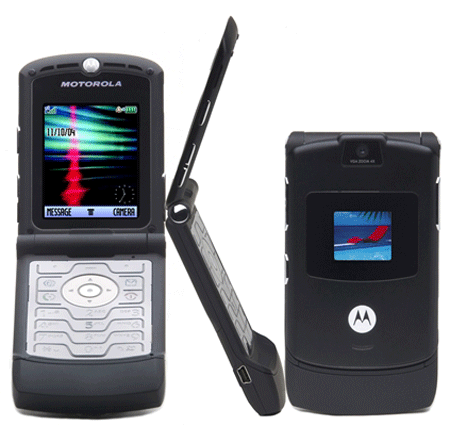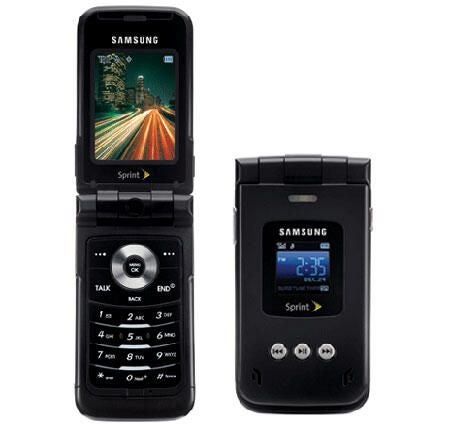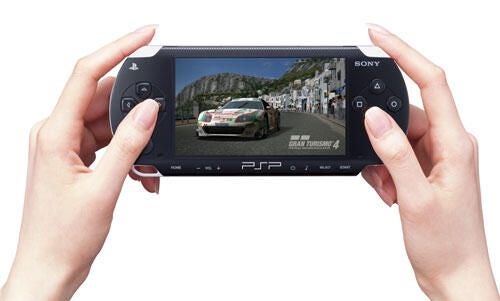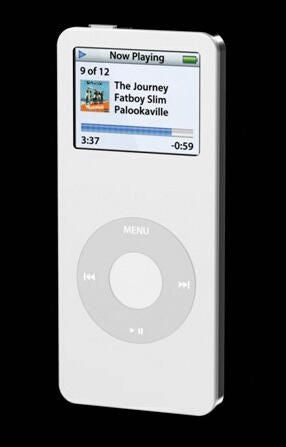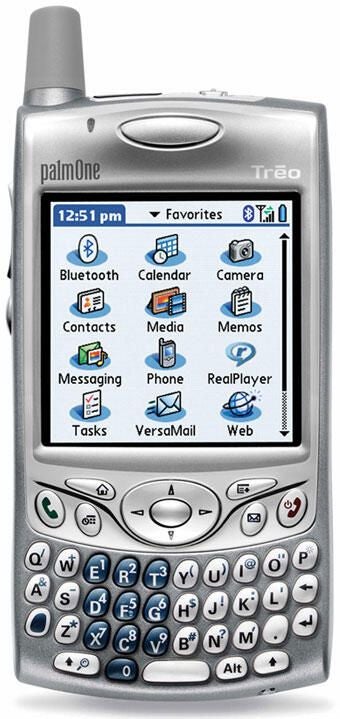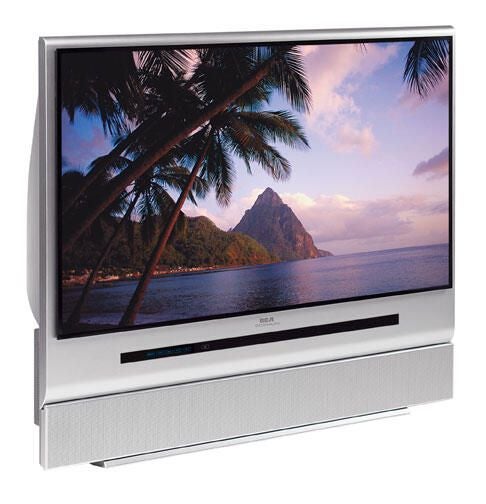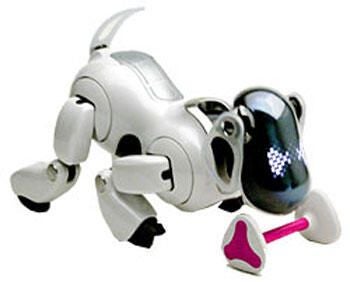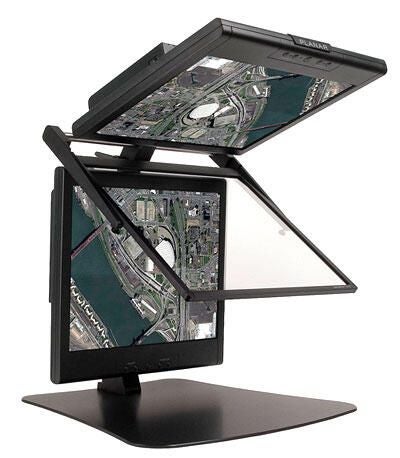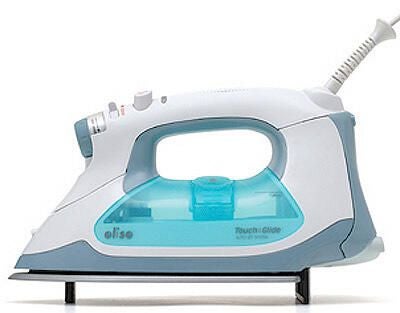Photos: Razr to Nano, when design matters
Image 1 of 9
Consumers have taken to Motorola Razr’s ultrathin design, making it the top seller in the third-quarter boom cell phone market. Here, a black special-edition Razr 3 phone, which is 55 millimeters wide, the width of a credit card, and 98 millimeters long. Here are some other products that have grabbed attention for their designs.
Samsung’s A900, aka Blade, has almost all of the same design specs as Motorola’s popular Razr. But it’s certainly different on the inside.
While Sony mainly touted its PlayStation Portable as a portable game machine, the company has positioned the device as something different and better–a multimedia player that can be used for lots more than games.
When Apple Computer unveiled the iPod Nano in September, the company hailed the product’s small size: The music player weighs 1.5 ounces and is 0.27 inches thick.
PalmOne aimed to sharpen its image with the launch of the Treo 650 in October 2004. The smart-phone update has a higher-resolution screen and a faster processor than the previous top-of-the-line model, the Treo 600.
Digital light processor (DLP) technology from Texas Instruments has allowed manufacturers to build large but thin TVs with sharp images. Here, TCL-Thompson shows off its RCA Scenium, which measures only 7 inches deep.
Sony’s Aibo robot dogs might not have been a commercial hit, but some would say they still rank among the cooler gadgets around. Users can program Aibo to play soccer or tunes, remind you of appointments, lie down and–with its camera–record video, essentially turning it into a guard dog while you’re away from the home.
Monitors have come a long way. The image on the bottom monitor of Planar System’s SD1710 goes through the glass, while the one on the top gets reflected. In the end, viewers see everything in 3D.
In July, Oliso came out with a workaround for easily distracted iron wielders–the Touch&Glide, which automatically stands up on built-in legs as soon as it senses a user’s hand releasing the handle. Grasp the arm again, and digital sensors feel the pressure and command a micromotor to pull the iron back down onto the ironing board.

-
-
Account Information
Contact Bill Detwiler
- |
- See all of Bill's content
